I've always marveled at the variety the spice world offers, especially when pondering the nuanced differences between caraway vs cumin. These two spices look so similar that they're frequently confused for each other. So I'm here to point out their similarities and differences, and guide on how to use them in your cookery!
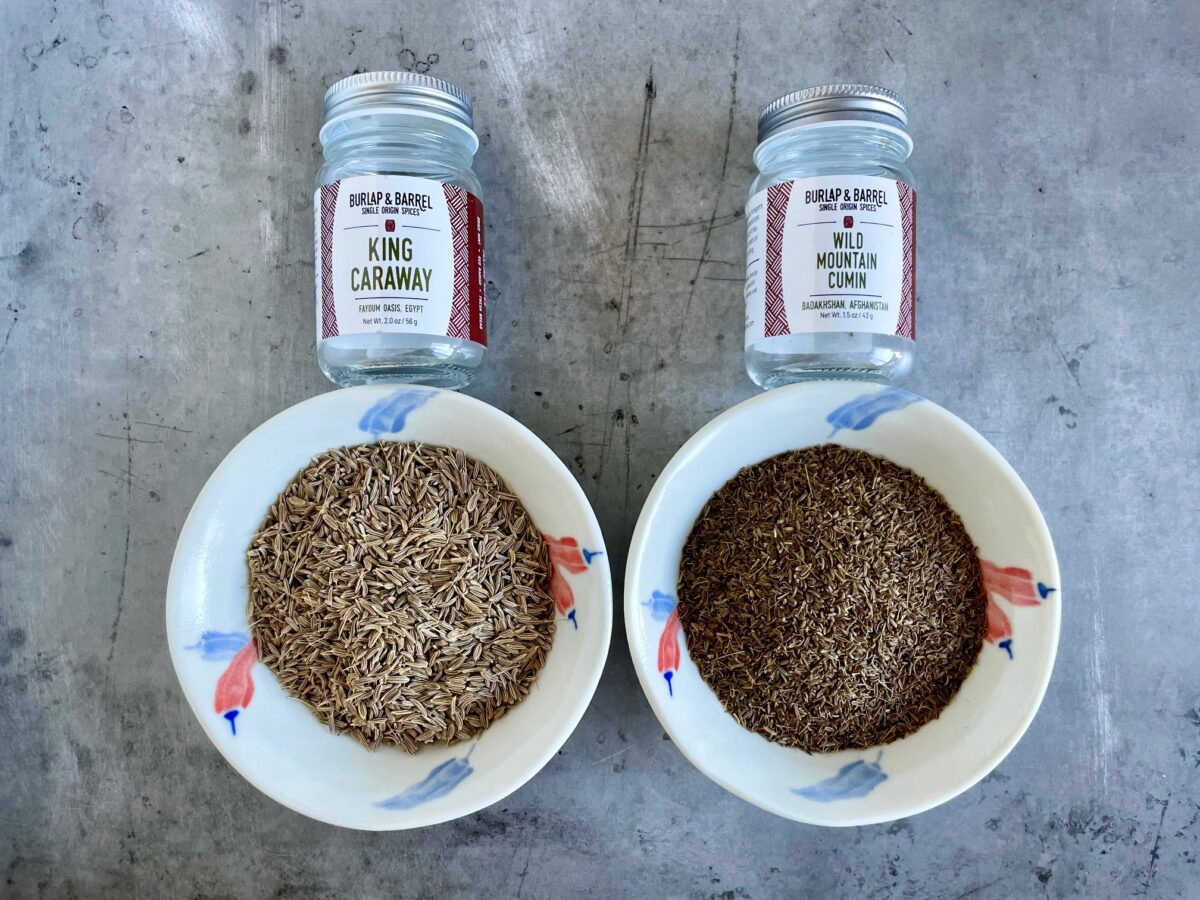
A very special thank you goes to Burlap & Barrel for supplying me with some of their exceptional products for this article.
Jump to:
Origin and historical significance
Both caraway and cumin hail from the bustling family Apiaceae, which means they're cousins to carrots and celery, yet they manage to stake their own claims in kitchens worldwide.
Caraway seeds, marked by their earthy flavor, dive into European cuisine, becoming a staple in rye bread and imparting a nutty yet slightly peppery taste. Similarly, cumin also stands out in the world of spices. With its earthy and warmer tones, it lights up Indian curries and Mexican cuisines like no other!
Origin
Caraway (Carum carvi), also familiar to some as meridian fennel or Persian cumin, finds its roots tracing back to Western Asia, Europe, and parts of North Africa, embedding itself in the fabric of traditional medicine remedy since ancient times, reflecting their rich historical significance.
It dates back to 3000 BC making it one of the oldest cultivated spices in the world, although it's not technically seeds but the split halves of the dried fruits of the Apiaceae biennial plant!
Cumin (Cuminum cyminum) sometimes called Roman cumin or jeera in Hindi and ti l'ani in Mauritian Créole, has been a cornerstone spice primarily (heavily) used in Indian, Middle Eastern, and Latin American cuisines.
However, it has spread far beyond these cuisines and made its way into the culinary scene of almost every country worldwide.
Historical significance and non-culinary uses
Aside from their culinary uses, caraway possesses a wide range of health benefits and some of them rooted in folklore beliefs. Historically, caraway seeds were believed to possess protective properties, leading to their use in rituals and presence in ancient Egyptian tombs.
This not only made them a must in the medicine chests of ancient Greek and Roman civilizations but also a sacred asset when safeguarding against evil spirits. Taking it a step further, caraway were often kept in pockets or used in concoctions to ward off illness and bring good luck.
By the same token, cumin was not only valued for its culinary applications but also for its role in mummification processes in ancient Egypt, highlighting its esteemed status. The parallel paths of caraway and cumin, from ancient kitchens to medicinal uses, illustrate a shared heritage of enriching human life.
Their enduring legacy in culinary and health practices speaks to the deep-rooted human connection to the natural world, showcasing the time-honored tradition of turning to nature for nourishment, healing, and protection.
Understanding their unique flavor profiles
Choosing between caraway vs cumin can be akin to selecting the right piece for a puzzle. Picking the right one all hinges on the flavor profile you aim to achieve and what you're concocting in the kitchen! Let's get into that, shall we?
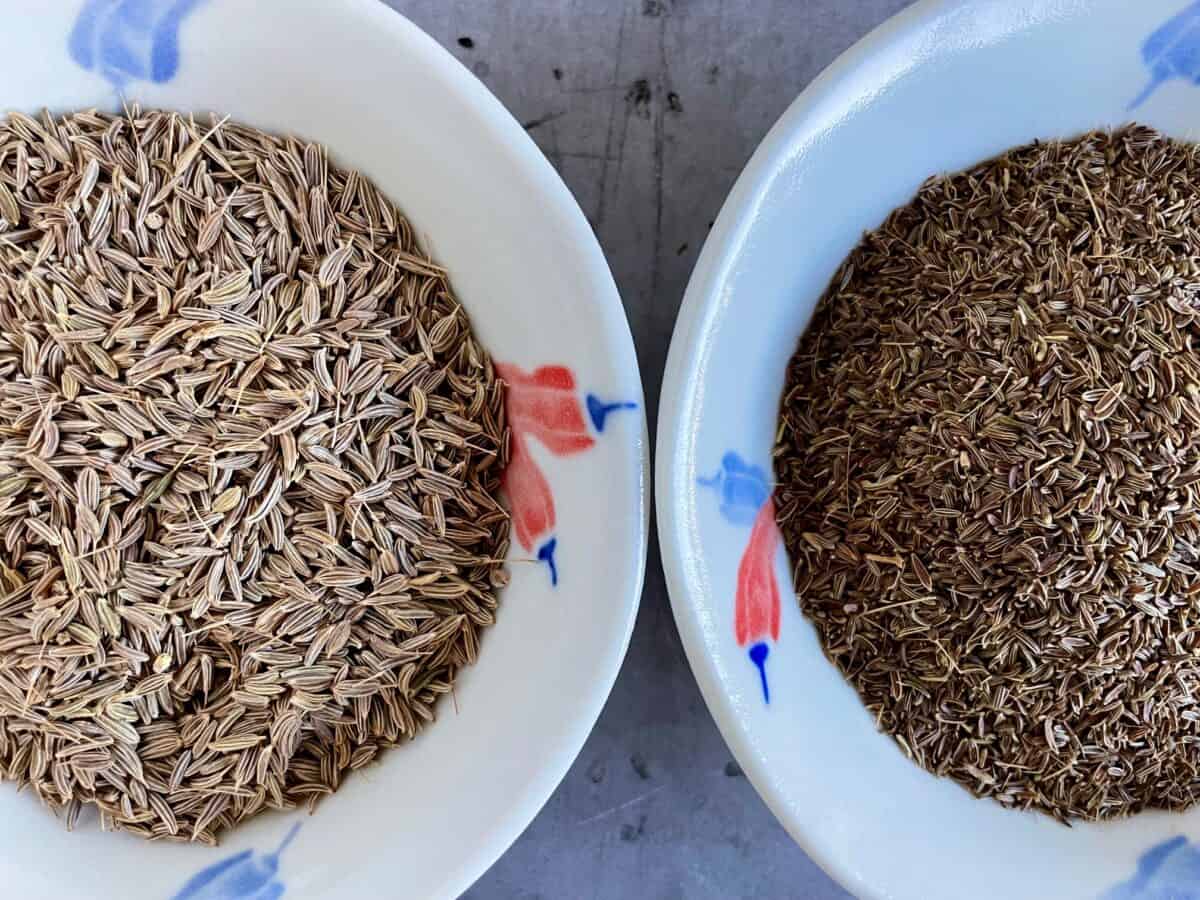
Left: Caraway
Right: Cumin seeds
Caraway, with its robust flavor, offers a unique taste that melds well with root vegetables and baked goods. Its distinct pungent flavor, enhanced by earthy undertones, makes it ideal for dishes where a bold, aromatic spice is desired.
The distinct nutty flavor of caraway, often seen as the backbone of European cuisine, contrasts sharply with cumin's warm notes. From rye bread to sauerkraut and its many uses in both sweet and savory baked goods, the versatility of this spice knows no bounds.
In contrast, cumin, being so versatile, serves as a cornerstone in Indian curries, Latin American cuisines, and Chinese dishes alike. It bears a slight hint of citrus and uplifts meat dishes with its distinctive earthy flavor.
Cumin has been pivotal in the creation of all types of spice blends worldwide such as Puerto Rican sazón, Szechuan spice mix for lamb, and is an integral of an endless number of Indian and South East Asian masala mixes.
For cumin uses inspiration, check out my Basic Curry Powder or hop over to my sister site where I have a recipe for Mauritian Biryani Mix and Mauritian-style Curry Powders.
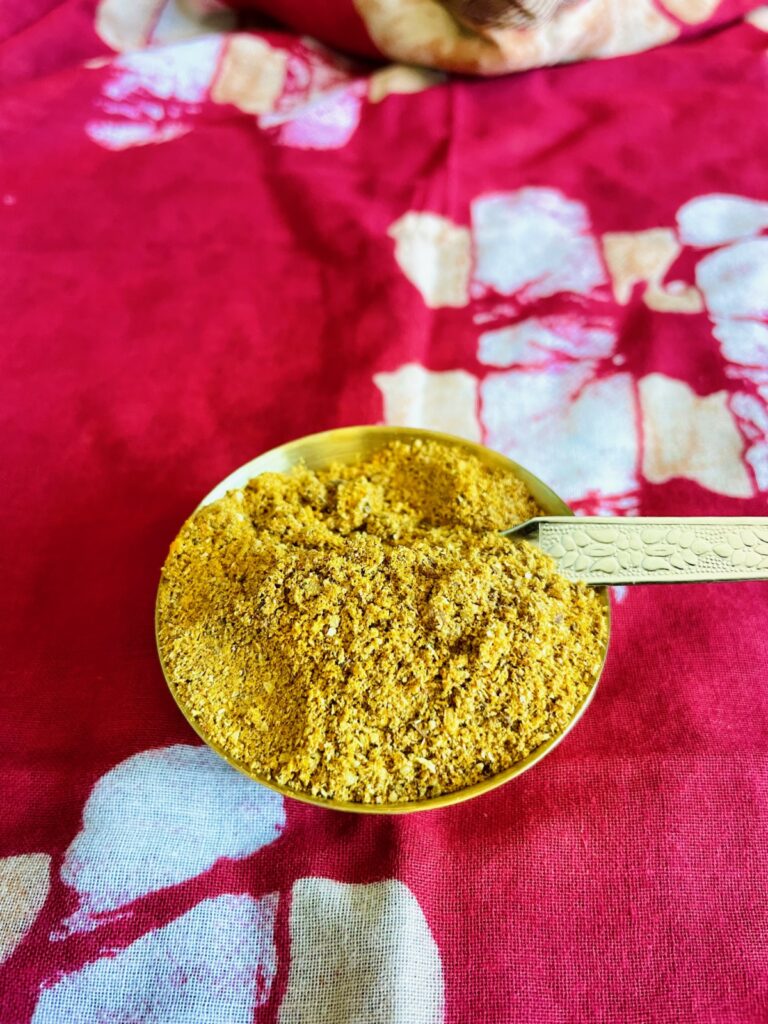
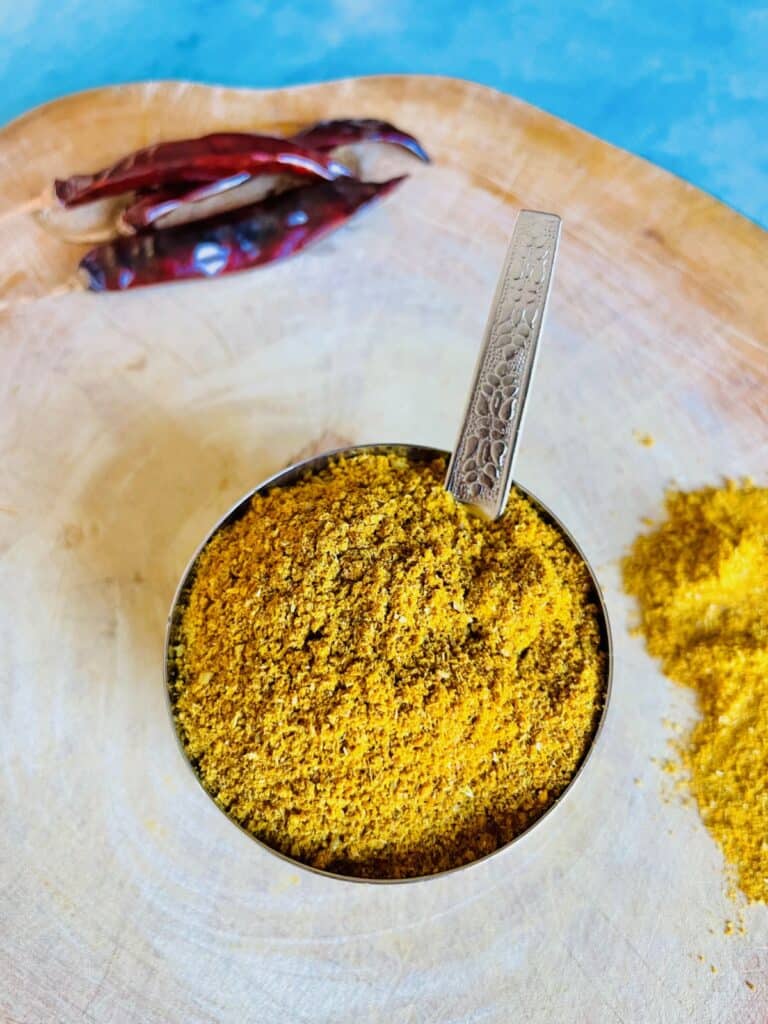
Health benefits and medicinal properties of caraway vs cumin
Like many spices, caraway and cumin are a cornerstone in traditional and modern medicine. Both, rich in vitamin E and fatty acids, are believed to promote skin health.
Today, they continue to add a hint of nature's magic to creams, lotions and therapeutic skin care. Both their ground forms and essential oils have long been used as potions for beauty and health.
Caraway, known to offer digestive relief, is a go-to remedy for bloating and gas. It contained a blend of essential oils that can soothe the stomach.
Cumin, known for its antioxidant properties, plays a big role in boosting the immune system.
Learn more about the health benefits of cumin.
How to store and maximize freshness
The secret to maintaining the vitality of caraway and cumin (all pantry items for that matter!) lies in their storage. Keeping them in an air-tight glass container in a dry place, away from direct sunlight, extends the life of their complex flavors.
Every kitchen aficionado knows this well, and now you do too!
RECAP: Caraway vs. cumin
I encourage you to let your kitchen become a playground for these aromatic spices. Whether you lean towards the sweet nut-like undertones of caraway or prefer the rich, warming essence of cumin in your dishes, embrace the adventure.
It's not just about adding a dash of this or a pinch of that; it's about crafting experiences, and most importantly, enjoying the journey of taste exploration the distinctive flavors and ancient wisdom that caraway and cumin bring to our tables!
Related articles
I hope you've enjoyed this article! If you're exploring the world of cumin, you might also enjoy my Cumin vs Curry Powder article and learn the differences between Black Cumin vs Cumin.
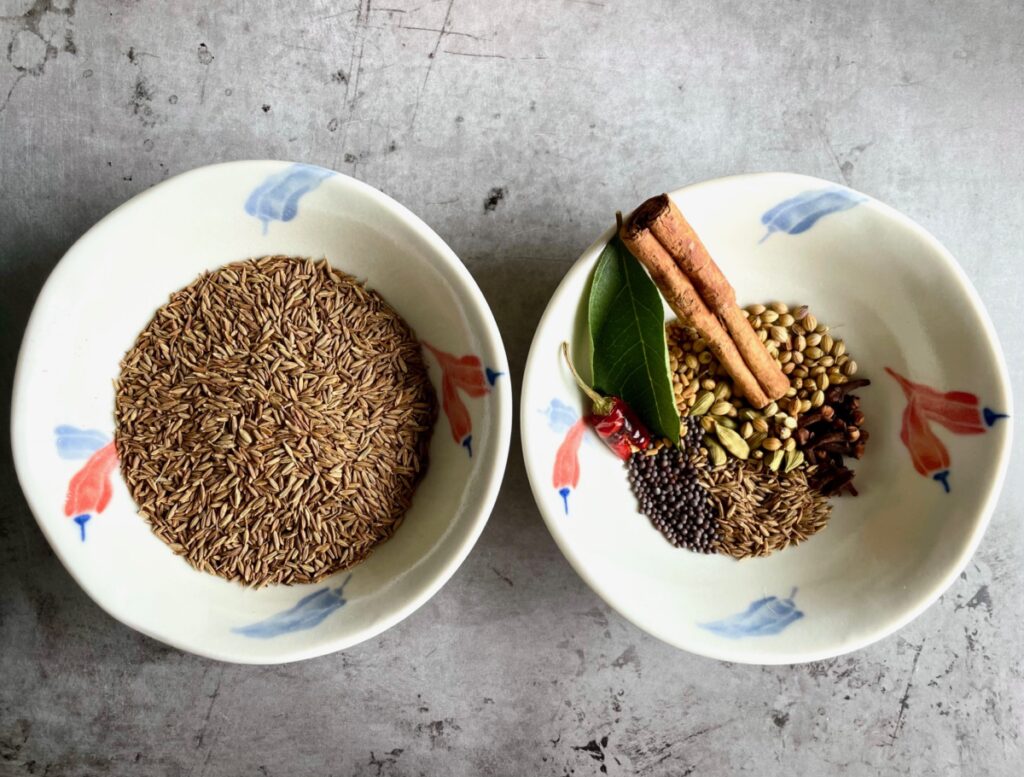
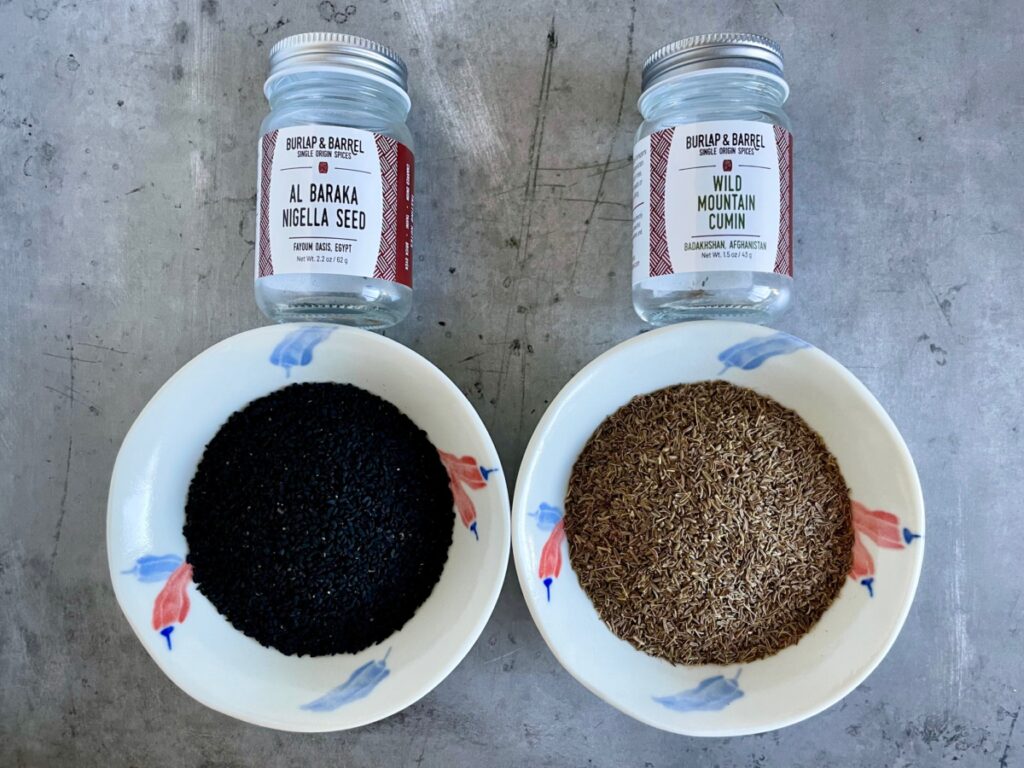


Leave a Reply